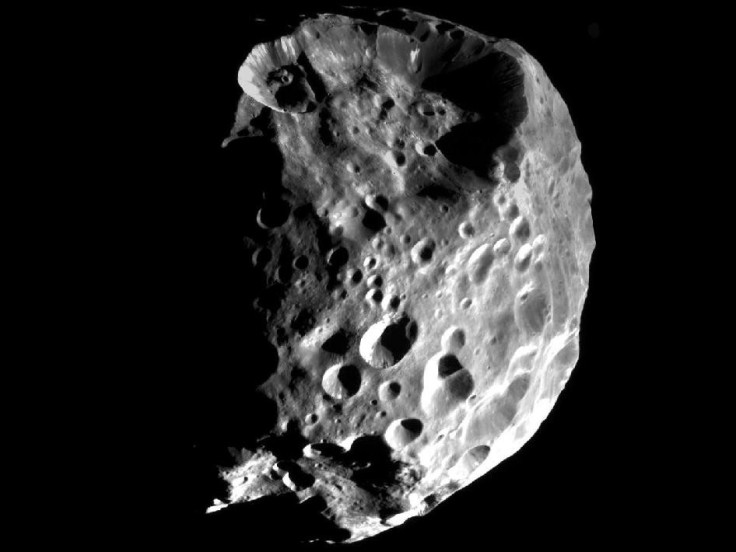Rogue comets impacting Earth is inevitable, scientists warn

Large comets moving on unstable orbits in the outer planetary system pose a greater threat to life on Earth than asteroids, British scientists have warned. Astronomers from Armagh Observatory and the University of Buckingham said the giant comets, called centaurs, need to be closely monitored as they pose a "serious hazard" to our very existence.
Centaurs are balls of ice and dust, typically 50 to 100km (30 to 60 miles) across, that are found beyond the orbit of Jupiter. Researchers said these objects, which contain more mass than the entire body of Earth-crossing asteroids found to date, occasionally cross paths with the orbits of planetary giants Jupiter, Saturn, Uranus and Neptune and are deflected towards the Earth once every 40,000 to 100,000 years.
Whilst in the inner solar system, they are expected to disintegrate and flood it with debris, making an impact with our planet all but inevitable. The findings are detailed in Astronomy and Geophysics, the journal of the Royal Astronomical Society.
'Serious risk'
"In the last three decades we have invested a lot of effort in tracking and analysing the risk of a collision between the Earth and an asteroid," Professor Bill Napier from the University of Buckingham said.
"Our work suggests we need to look beyond our immediate neighbourhood too, and look out beyond the orbit of Jupiter to find centaurs. If we are right, then these distant comets could be a serious hazard, and it's time to understand them better."
Astronomers estimate a centaur last visited the Earth around 30,000 years ago after breaking up in near-Earth space. "This giant comet would have strewn the inner planetary system with debris ranging in size from dust all the way up to lumps several kilometres across," researchers said.

Centaurs could also explain previous mass extinction events, such as the one that wiped out dinosaurs 65 million years ago, they added. Centaurs have never been photographed up close, although Saturn's 200km moon Phoebe is believed to be a centaur captured by its gravitational field.
Nasa's New Horizons spacecraft, which completed a historic flyby of Pluto in July, is scheduled to whizz past a 45km-wide centaur at the end of 2018.
© Copyright IBTimes 2025. All rights reserved.






















